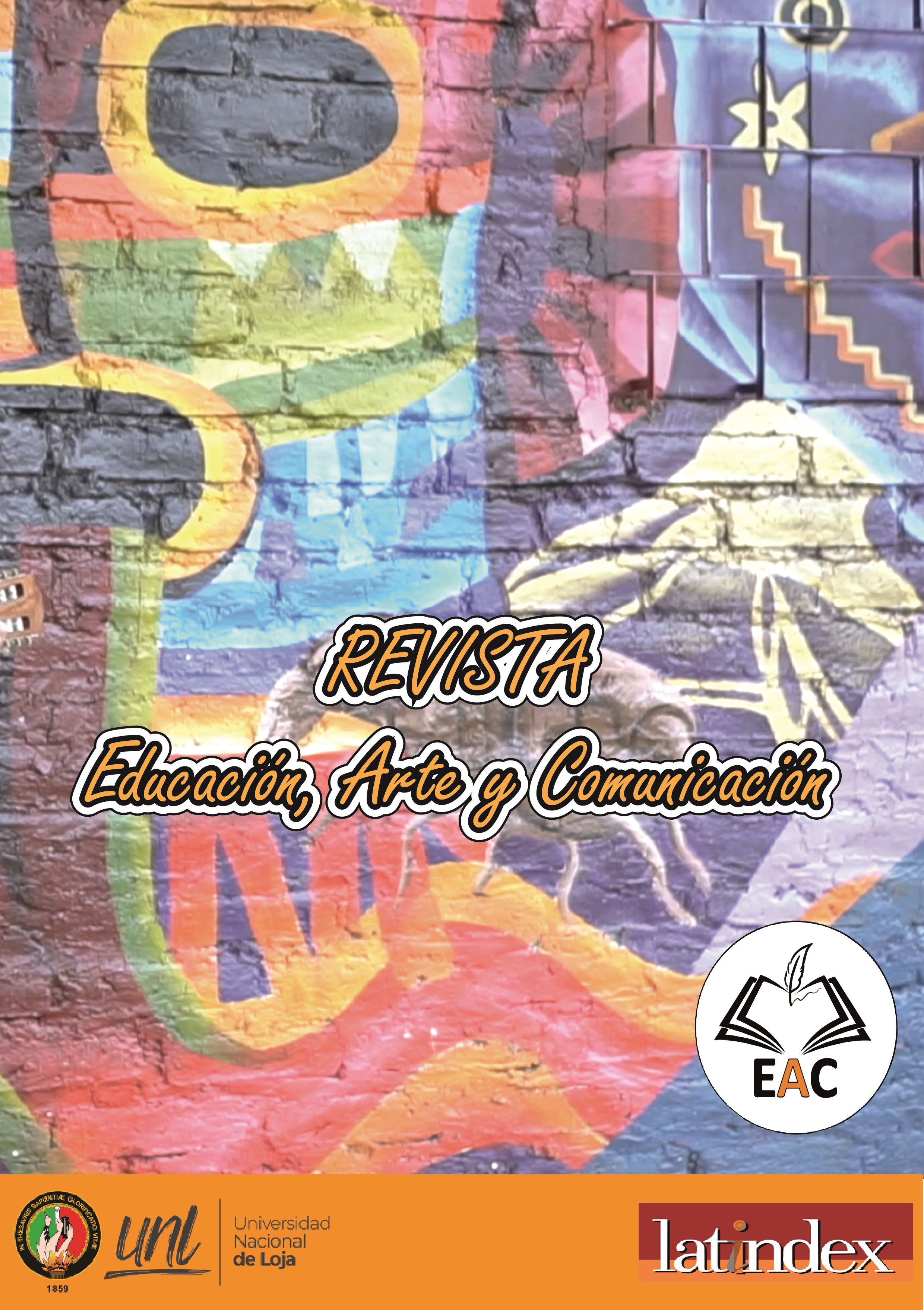The Art of Speaking according to the Urbanity and Education of the Modern Businessman (1909)
Keywords:
Civility and Education of the Modern Merchant, visits, presentations, cards, greetings.Abstract
The title of this work Urbanidad y Educación del Comerciante Moderno (1909) shows the change registered by society. In the monarchic, aristocratic world, the merchant was denigrated; at the beginning of the 19th century, he received lessons in civility. Martínez Baselga in his Prologue recognizes that all social actors are merchants: "the farmer who exploits the land to sell his crops; the industrialist sells his products, the worker sells his work and his intelligence, the engineer and the doctor sell their scientific knowledge" [...] "and that is why we are all merchants, without the word COMMERCE implying contempt, but quite the contrary". And he adds that "he is the prototype of the working man and the hero of modern times." Then, the use of courtesy, urbanity, good manners, was not limited to elites, but extended to the plurality of roles imposed by the new dynamics of life. In the first chapters, Martínez Baselga focuses on the commercial world: the sales clerk and the establishments. Later on, he offers recommendations to travelers, followed by others that should be kept by any citizen in different public scenarios such as the café, the theater, the meeting, etc. This text was replicated later this year in Chile by PUGA Hnos. publishing house, under the title Manual de urbanidad y de Educación (Manual of Civility and Education). In this opportunity, the reader will find paragraphs dedicated to face-to-face conversation and epistolary communication from the perspective of this prolific writer, veterinarian and sociologist, born in Zaragoza (Spain) in 1862.References
Abad Boyra, F. (1973). Pedro Martínez Baselga (1862· 1925). Semblanzas Veterinarias, I, 169-172. https://ddd.uab.cat/pub/llibres/1973-2011/72336/semvet_a1973v1_martinez.pdf
Downloads
Published
How to Cite
Issue
Section
License
EAC declara una política de autoarchivo que les permite a los autores colaboradores publicar y difundir sus artículos en otros medios electrónicos (webs personales, repositorios institucionales, blogs, etc.) bajo las condiciones de la licencia CC BY-NC-SA 4.0, con la condición de que suministren la información bibliográfica pertinente que acredite su primera publicación, lo que se autoriza solo después de que la EAC haya publicado.
• La revista EAC se reserva los derechos patrimoniales (copyright) de las obras publicadas, pero otorga libertad plena para la reutilización de estas bajo la licencia Creative Commons Atribución-NoComercial-CompartirIgual 4.0 , así que sus publicaciones se pueden copiar, usar y reusar, difundir, transmitir y exponer públicamente a fin de que toda la comunidad interesada tenga pleno acceso. EAC demanda que se cite la autoría y fuente original (revista, editorial, DOI y URL de la obra) y que no se usen para fines comerciales u onerosos, así como que se mencione explícitamente la existencia y especificaciones de licencia antes mencionada.
EAC no cobra honorarios por procesamiento ni publicación de artículos. Todas nuestras gestiones son totalmente gratuitas.








